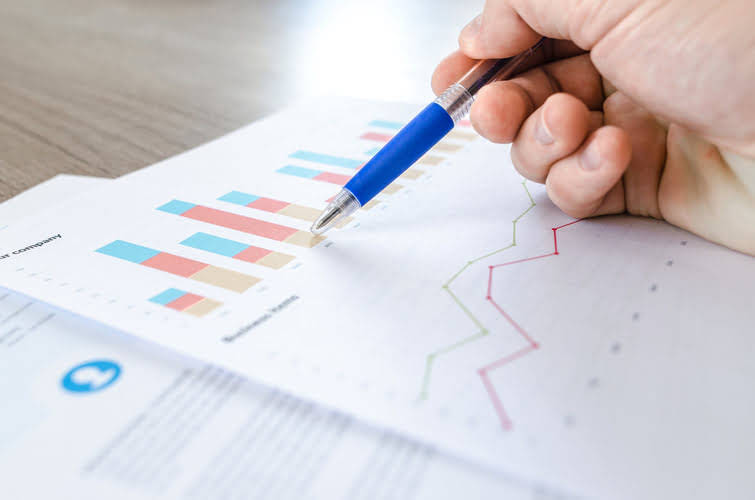
For example, a business looking to purchase a building will usually take out a mortgage from a bank in order to afford the purchase. The business then owes the bank for the mortgage and contracted interest. Expenditures are categorized into operational, capital, and debt service costs, ensuring transparency in how public money is utilized. Tax accounting includes various types of taxes, including personal income tax, corporate tax, payroll tax, sales tax, and property tax.
What Are Liabilities in Accounting?

Understanding liabilities is essential for anyone involved in corporate finance, from a business owner to a shareholder, as they indicate the financial health and obligations of a business. See some examples of the types of liabilities categorized as current or long-term liabilities below. It is a common business practice to have this type of insurance in place to protect a business from legal claims should they arise.

Tax Accounting
Examples of current liabilities include short-term loans, accounts payable, income taxes payable, dividends payable, accrued expenses, customer deposits, and notes payable. Accounts payable is typically one of the largest current liability accounts on a company’s financial statements, and it represents unpaid supplier invoices. Companies try to match payment dates so that their accounts receivable are collected before the accounts payable are due to suppliers. In business finance, a liability is an obligation that a company owes to other parties. This can range from money owed to suppliers, as in accounts payable, to long-term commitments like mortgage payable or bonds issued. Liabilities are not just about immediate payments; they include economic responsibilities that a company expects to settle in the future, reflecting past transactions and financial activities.
How are assets and liabilities related and treated differently in financial statements?
Accrued Expenses – Since accounting periods rarely fall directly after an expense period, companies often incur expenses but don’t pay them until the next period. Accounts Payable – Many companies purchase inventory on credit from vendors or supplies. When the supplier delivers the inventory, the company usually has 30 days to pay for it. This obligation to pay is referred to as payments on account or accounts payable. Owner’s funds/Capital/Equity – Last among types of liabilities is the amount owed to proprietors as capital, it is also called as owner’s equity or equity. Capital, as depicted in the accounting equation, is calculated as Assets – Liabilities of a business.

Type of Financial Statement Used
Fiduciary accounting is a type of accounting that records the financial transactions that occur in managing assets on behalf of another party. Fiduciary accounting aims to provide clear and detailed reports of financial activities to the beneficiary (owner of the property), the courts, and other interested individuals. It also ensures that the property/asset manager is acting in the best interests of the beneficiary.
How to Calculate (And Interpret) The Current Ratio
The largest debts owed within this category tend to be accounts payable. Accounts payable represents money owed to vendors, utilities, and suppliers of goods or services that have been purchased on credit. Most accounts payable items need to be paid within 30 days, although in some cases it may be as little as 10 days, depending on the accounting terms offered by the vendor or supplier. Companies segregate their liabilities by their time horizon for when they’re due. Current liabilities are due within a year and are often paid using current assets. Non-current liabilities are due in more than one year and most often include debt repayments and deferred payments.
Nonprofit Accounting
Similarly, wages payable reflect salaries due to employees, and interest payable indicates interest owed on borrowed funds. A liability is something that a person or company owes, usually a sum of money. Liabilities are settled over time through the transfer of economic benefits including money, goods, or services.
Calculating Current and Non-current Liabilities
- As long as you haven’t made any mistakes in your bookkeeping, your liabilities should all be waiting for you on your balance sheet.
- If the state is favorable to acquiring debt and an agreement is made, they will explore the options available.
- Financial accounting follows the Generally Accepted Accounting Principles (GAAP) and the golden rules of accounting to achieve accurate financial reports and maintain transparency.
- Fiduciary accounting is a proactive approach to mitigating risks and ensuring smoother trust management.
- A liability, like debt, can be an alternative to equity as a source of a company’s financing.
- However, even if you’re using a manual accounting system, you still need to record liabilities properly.
The outstanding money that the restaurant owes to its wine supplier is considered a liability. It automates the feedback loop for improved anomaly detection and reduction of false positives over time. We empower accounting teams to work more efficiently, accurately, and collaboratively, enabling them to add greater value to their organizations’ types of liability accounts accounting processes. Contingent liabilities are a little different since they are liabilities that might occur. This usually happens because a liability is dependent on the outcome of some type of future event. For example, if your business is facing a potential lawsuit then you would incur liability if the lawsuit becomes successful.
Called contingent liabilities, this category is used to account for potential liabilities, such as lawsuits or equipment and product warranties. The best way to track both assets and liabilities is by using accounting software, which will help categorize liabilities properly. However, even if you’re using a manual accounting system, you still need to record liabilities properly. Listed in the table below are examples of current liabilities on the balance sheet. Yes, but it depends on the accounting standards followed by the company. Assets are broken out into current assets (those likely to be converted into cash within one year) and non-current assets (those that will provide economic benefits for one year or more).